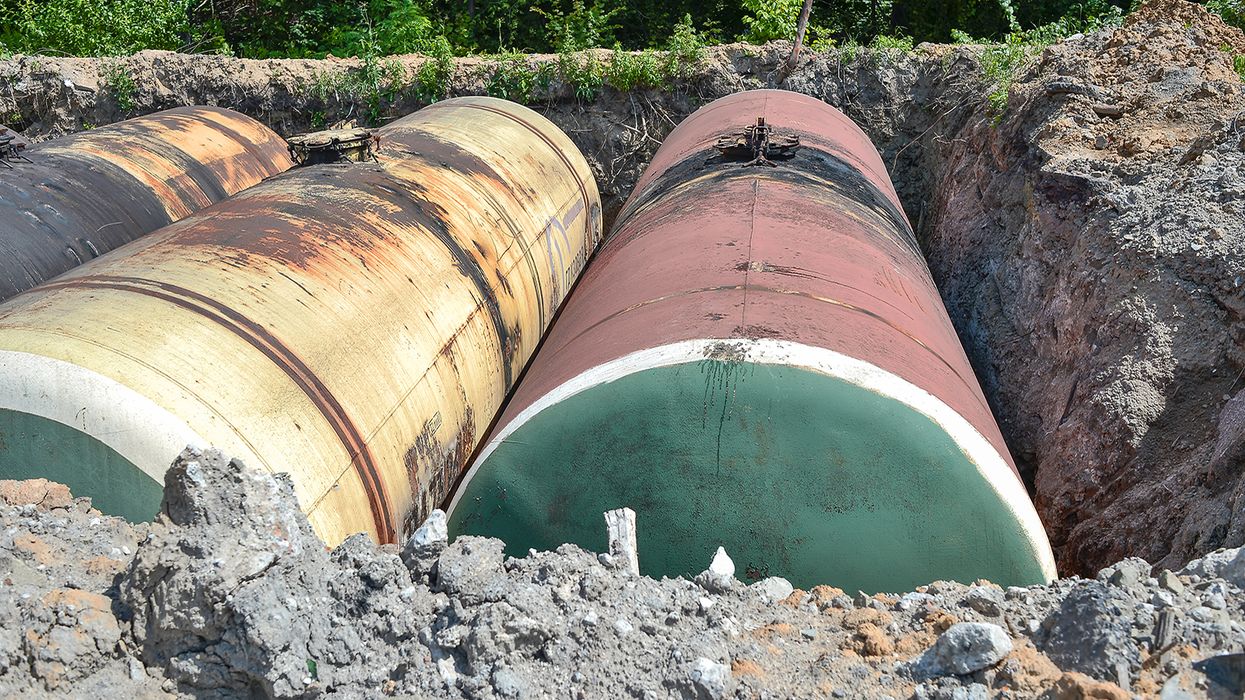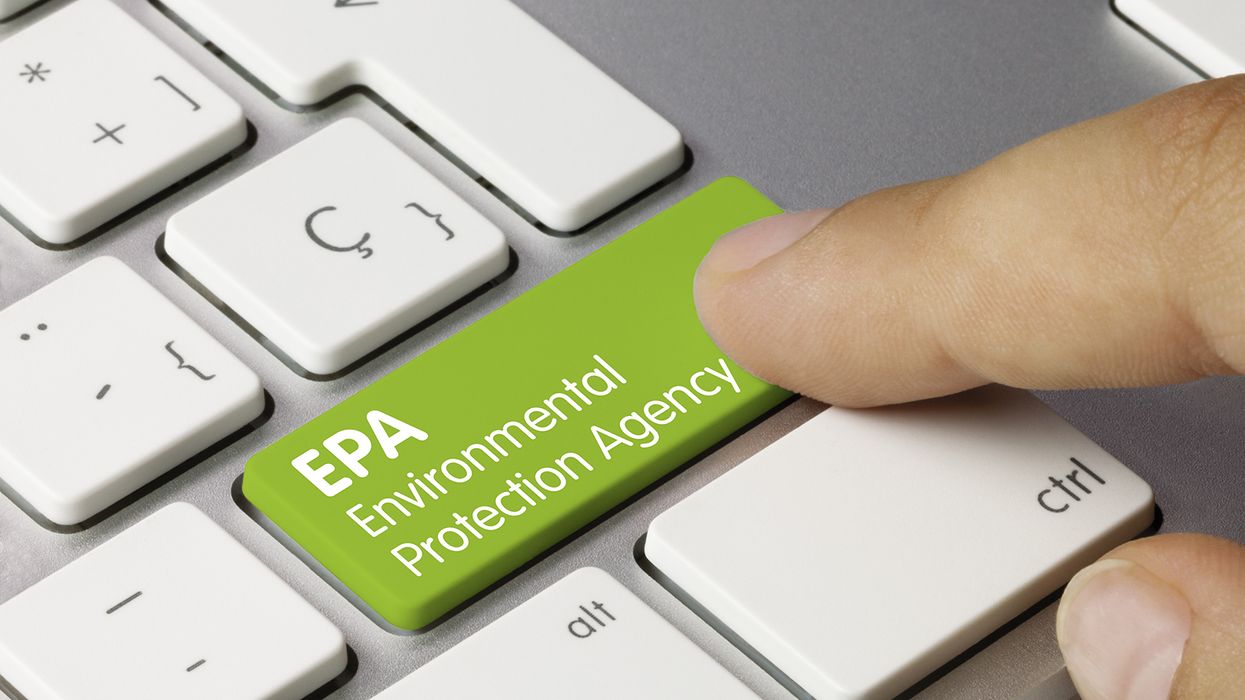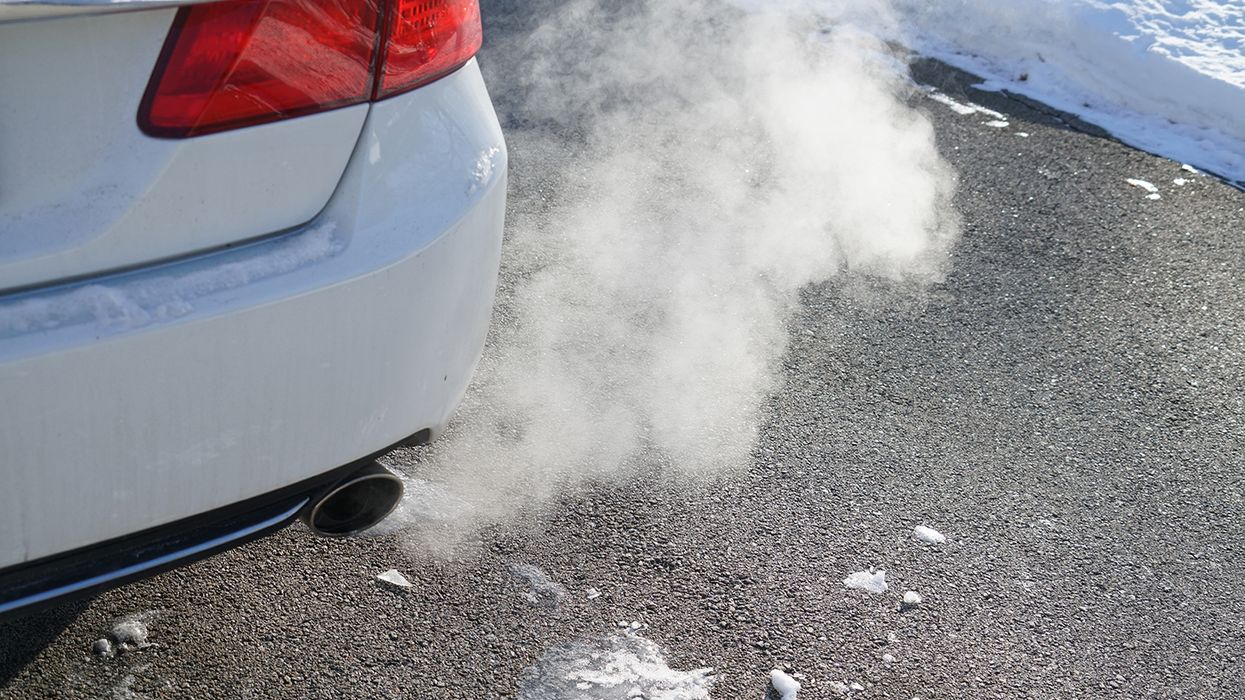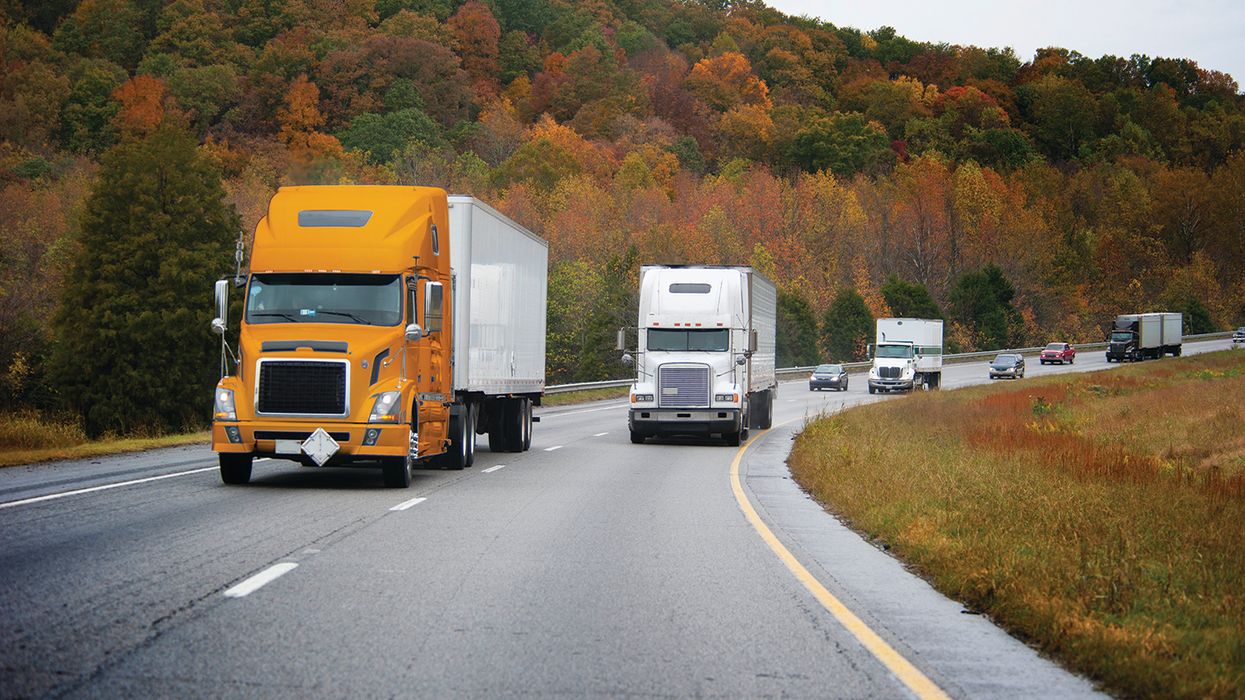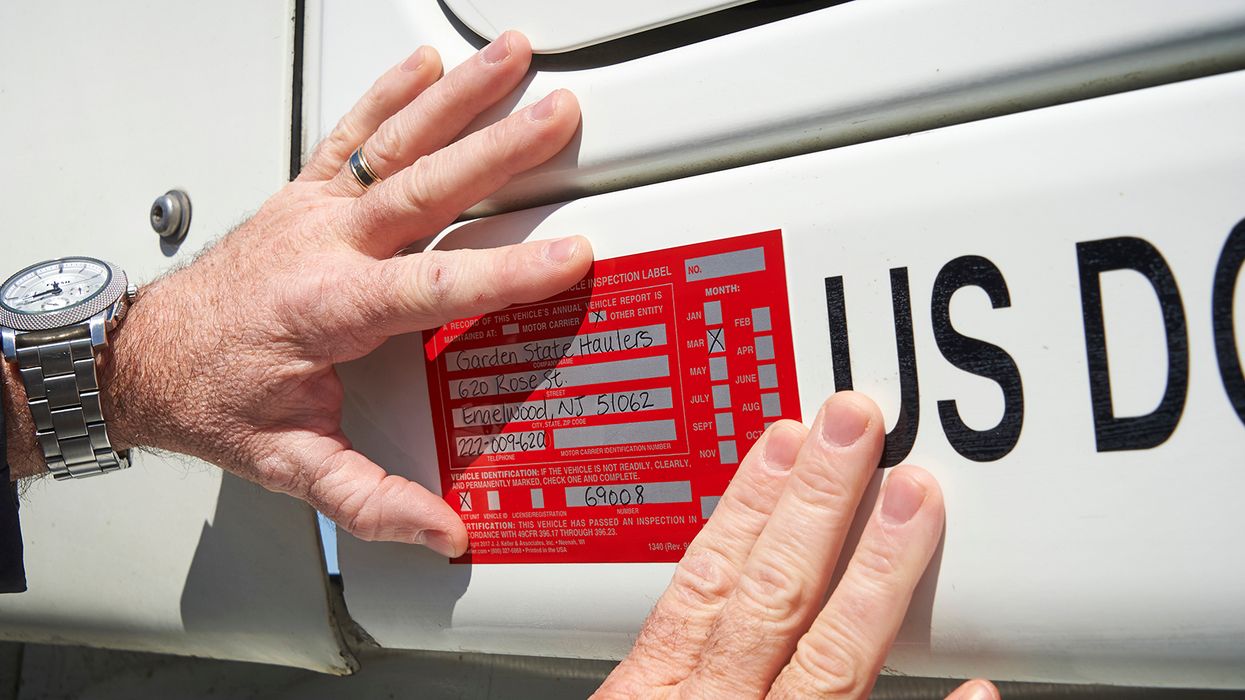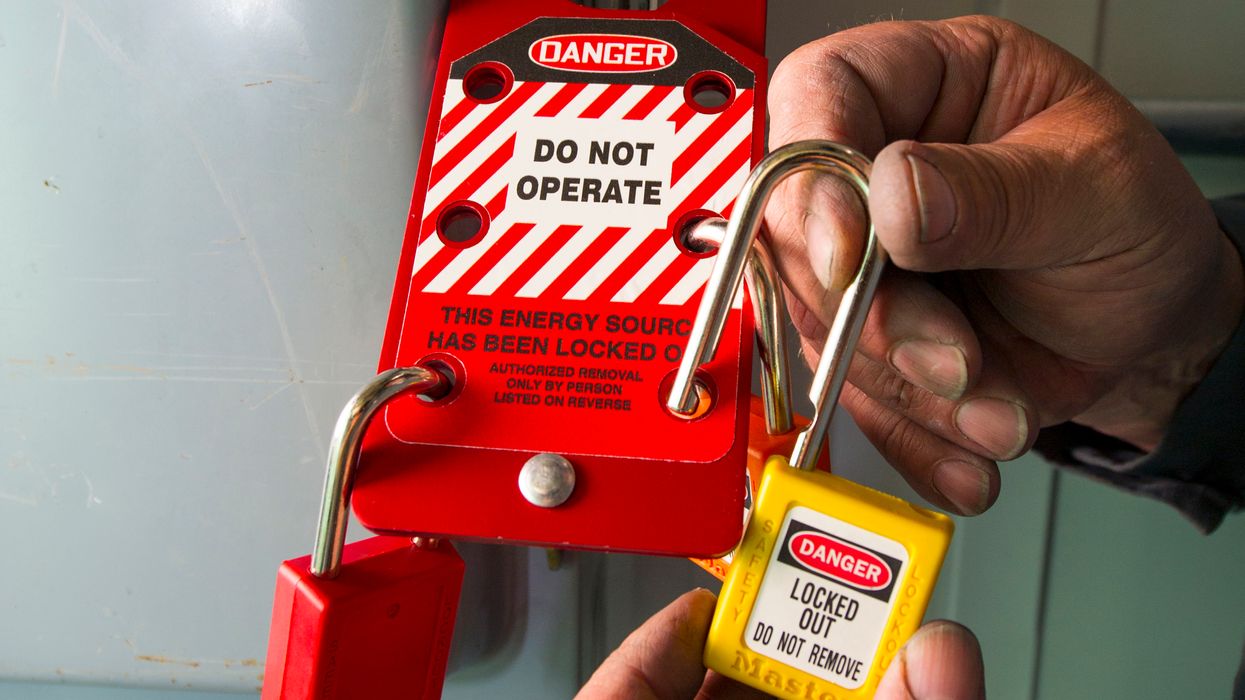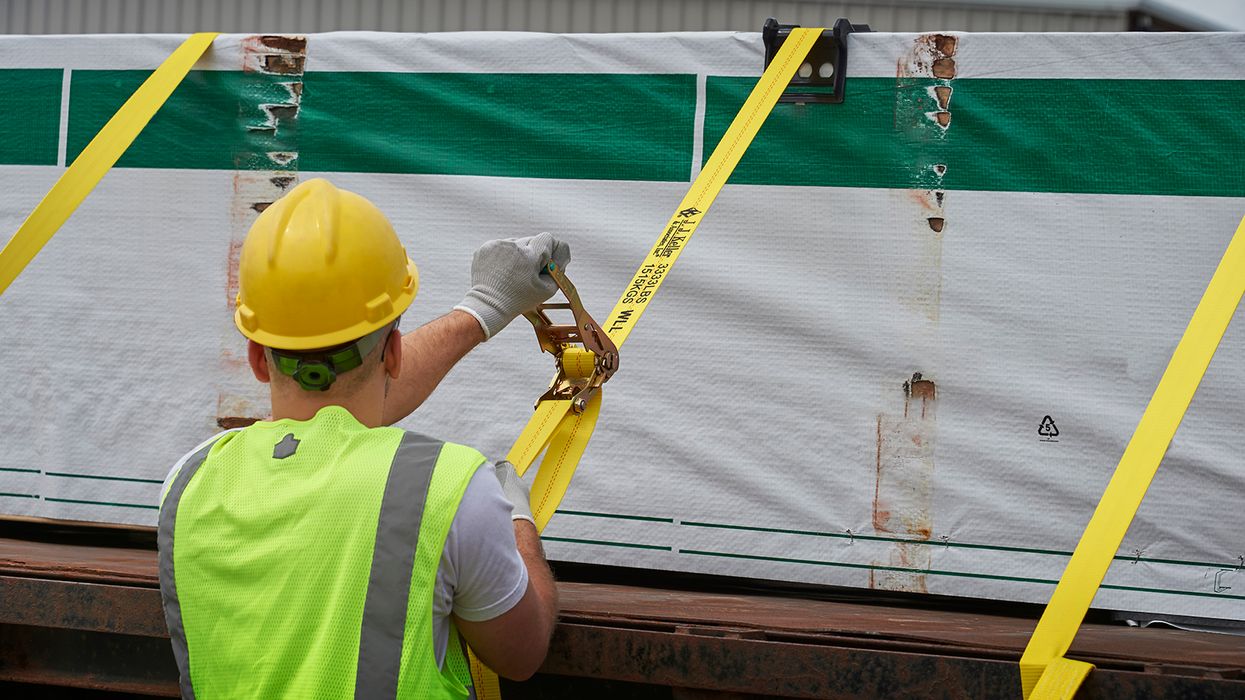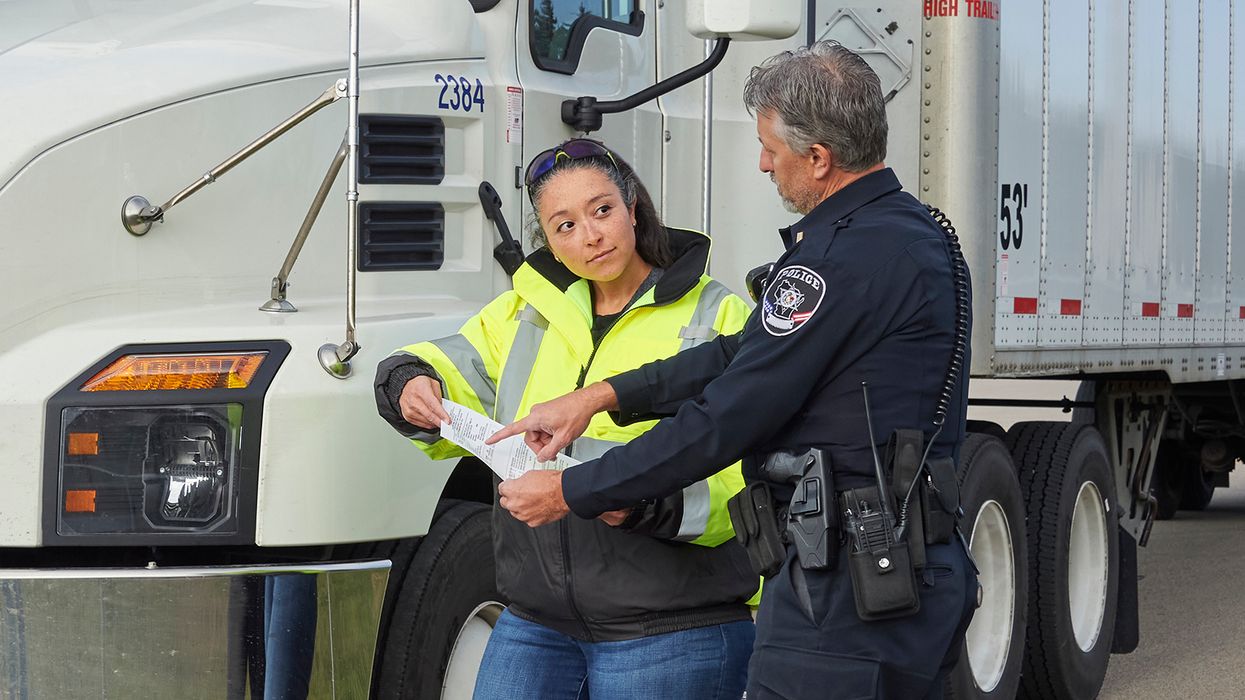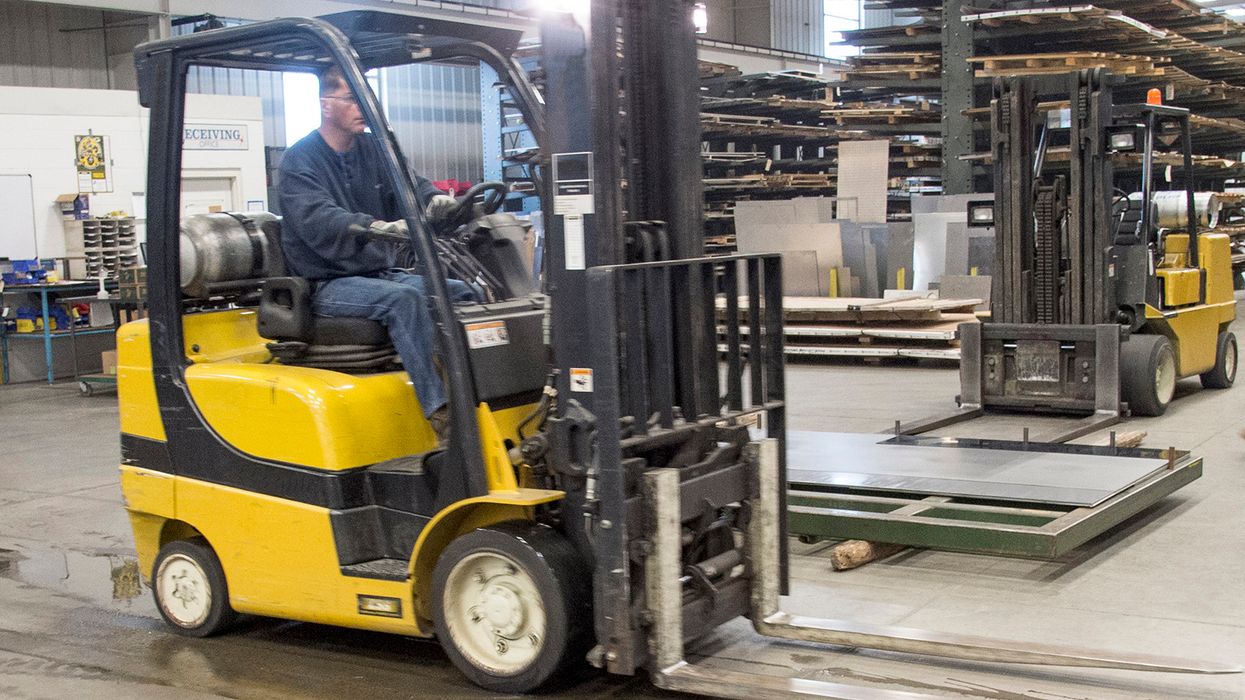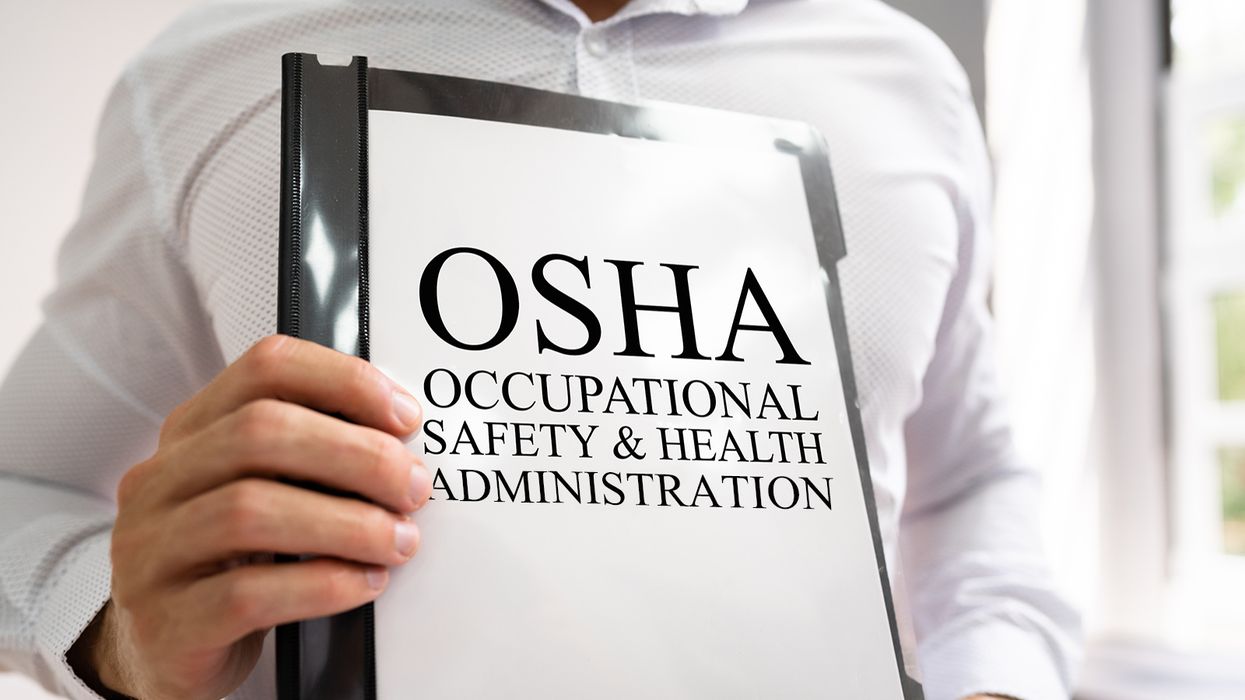Calling all Canadian safety pros! Did you know there were changes to the OSH Code?
On December 4, 2024, the province of Alberta updated their Occupational Health and Safety (OHS) Code, and it could affect you! Read on to find out how it could impact your business.
The good news is that the updates were intended to align with other Canadian jurisdictions and make the Occupational Health and Safety Act regulation easier to understand! The OHS Code provides detailed technical requirements for controlling workplace health and safety hazards.
The bad news is – well, there really isn’t any bad news. The updates are meant to simplify and clarify some requirements and clean up some duplication and errors found in the previous version.
Which regulatory Parts changed?
Changes made to the Code are outcome-focused instead of requirement-focused so employers can set compliance goals and objectives that suit their workers and establishments.
- Part 27: Violence and Harassment — includes provisions for addressing workplace violence as well as retail fuel and convenience store worker safety. Updates included:
- Consolidating violence and harassment prevention plans, policies and procedures requirements to remove duplication, and shifting health and safety focus to outcomes rather than prescriptive steps; and
- Adding definitions for “convenience store” and “retail fueling outlets”.
- Part 33: Explosives — promotes labour mobility and inter-provincial cohesion, and incorporates industry best practices. Updates included:
- Bringing technical standards up to date;
- Ensuring requirements reflect best practices for health and safety, including introducing definitions for technical terms;
- Improving flexibility by changing health and safety prescriptive requirements to outcomes, where appropriate;
- Aligning roles and responsibilities within the OHC Act.
- Recognizing the unique requirements for perforating guns; and
- Removing duplicated information.
- Part 37: Oil and Gas Wells — clarifies some requirements and incorporates industry best practices. Updates included:
- Bringing technical standards up to date;
- Ensuring requirements reflect best practices for health and safety, including introducing definitions for technical terms;
- Improving flexibility by changing health and safety prescriptive requirements to outcomes, where appropriate;
- Aligning roles and responsibilities within the OHC Act; and
- Removing duplicated information.
What’s my deadline?
Employers are being given a transitional period between December 4, 2024 and March 30, 2025. The final effective date for compliance with the updated provision is March 31, 2025.
Key to remember: Updates have been made to several Parts of Canada’s Occupational Health and Safety (OHS) Code to clarify health and safety expected outcomes.































